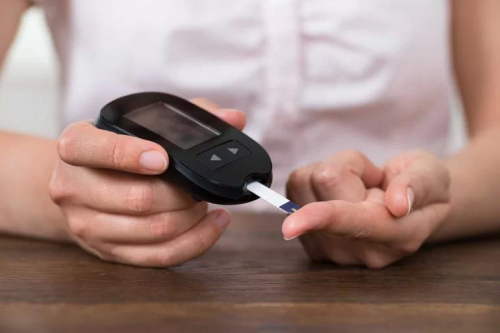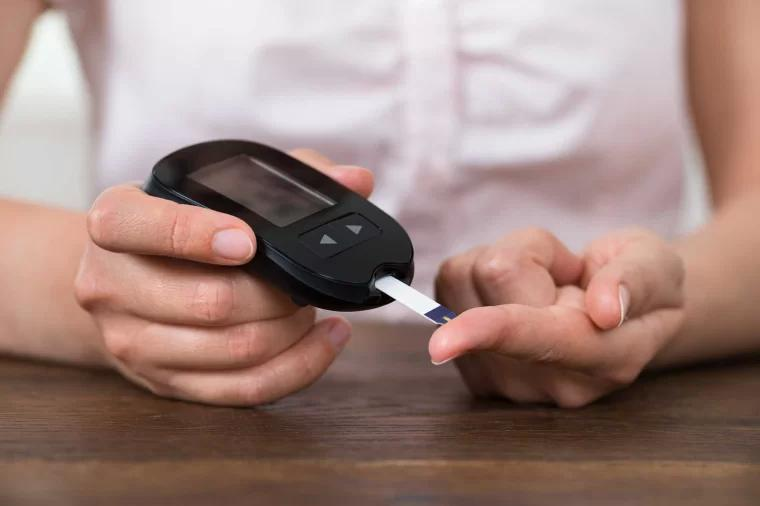In the fast-paced modern life, irregular diet and lack of exercise have become the norm, which has led more and more people to pay attention to their blood sugar levels. With the improvement of health awareness, the demand for blood glucose monitors is also increasing. In particular, the emergence of small wearable blood glucose monitors (CGMs) provides users with a more convenient and comfortable way to monitor. However, engineers face great challenges in designing these devices, which require integrating more functions in a very small space.

To meet this demand, miniature connectors have emerged. They are the key to achieving this goal with their ultra-small size, high-density pin design, and excellent electrical and mechanical performance. These small connectors use advanced materials and technologies to ensure stable and reliable connections in a compact space. Not only do they have excellent current transmission capabilities, they can also withstand certain vibrations and shocks to ensure that blood glucose monitors can work properly in various environments. At the same time, these connectors are also specially designed to reduce interference to users and provide a more comfortable and convenient monitoring experience .
The new generation of wearable continuous glucose monitors (CGMs) are gradually changing the care experience and quality of life of diabetic patients. These devices are not only small in size and light in weight, but also have high reliability and ease of use. They are able to provide detailed treatment data and an enhanced user experience. These advances are made possible by the adoption of miniaturized interconnect solutions.
Users have higher and higher expectations for blood glucose monitors, and they want devices that are smaller, lighter, and can be seamlessly integrated into daily life. This change in demand has prompted a major adjustment in product development strategies. In order to meet these requirements, innovation in component design and system architecture is imperative. The trend of miniaturization of connectors and components is a key factor driving this change. They enable new designs to remain compact without affecting the overall user experience.
As technology continues to advance and the market continues to develop, miniaturized connectors will play an increasingly important role in blood glucose monitors. They will continue to drive innovation and development in blood glucose monitoring technology, providing better monitoring tools for more people who are concerned about their blood glucose health, thereby helping them better manage their health and lives.










